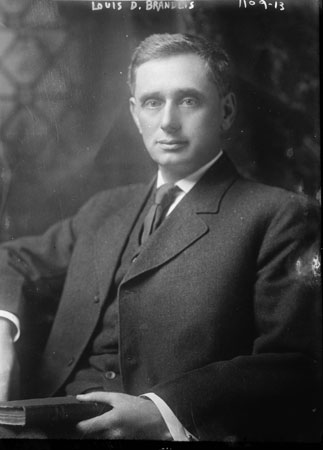

As the National Market System post-Reg NMS passed its ten-year mark, there were issues that either needed addressing or revisiting. More contentious is the practice of exchanges selling market data directly to the highest bidder—usually high frequency traders, through co-location. Larry Harris, Chief Economist during the Reg NMS years regretted not dealing with the issue then. “If we had had more courage, if the issue was then ripe, perhaps the SEC would have worked on that issue.” In 2017, noted Harris, access to market data “is not quite a level playing field.” 62
A remaining loose end that appears more apt for gathering in is the problem of maker/taker fees. The practice began in 1997 with Island ECN, seeking an incentive for traders to use its platform. Island gave a rebate to the “maker” or supplier of liquidity (someone putting an offer on the market) and charged a fee to the “taker” of liquidity (someone buying an order off the market). The practice had gone industrywide by the mid-2000s. Rule 610, a part of Reg NMS, limited the rebates and fees to $0.003 per share but problems remained: there was a conflict of interest because the practice enticed brokers to go for the rebates rather than act in their customers’ best interest. Further, it was believed that the complexity of the system diminished transparency and drove orders from lit to dark markets. A 2015 SEC staff report offered some alternatives, and in 2018 the SEC proposed a pilot study intended to generate the information required to make an informed decision about any further regulation.

As of early 2018, the one challenge that the Commission was clearly tackling, appropriately enough, had to do with disclosure. One initial step had been taken with the creation in 2013 of the Market Information Data Analytics System. MIDAS not only incorporated NBBO information previously found on the consolidated tape but also drew in a billion records a day from the proprietary feeds of each equity exchange. The SEC promised that MIDAS would “provide dramatically better insight into the functioning of a market that moves many millions of dollars in thousandths of a second.” 63
A parallel effort to promote disclosure resulted more directly from the Flash Crash and the need to untangle its complexities. The Flash Crash Report, noted Senator Ted Kaufman, could provide “no kind of real analysis of what happened, because we don’t have the information in order to make that analysis….We don’t have a black box on our markets.” 64 The SEC was soon developing the black box. Rule 613, adopted in 2012, directed the industry to develop what came to be known as the “consolidated audit trail” or CAT, a central repository which would contain every transaction, timestamped down to the millisecond. Two years later, the market centers provided their plan and the SEC approved a revised version. It was under construction in 2018. “CAT will be a huge game changer for securities regulation as a whole because it's going to give you a holistic view across all of the markets, all the participants, equities, and options,” noted FINRA’s Shelly Bohlin. 65
For years to come, the new financial markets, dark pools in particular, will likely continue to unsettle those who still summon up old images of Wall Street when they think of equities markets. The virtual web of more than 50 competing electronic communications systems and exchanges all operating under an elaborate regulatory structure can be unsettling to those who continue to think of “the market” as something akin to the old NYSE floor. Perhaps CAT will be a game changer, or more likely only part of a new variation of the same old game. The SEC’s role in the game, for more than 80 years was best summarized by the familiar Louis Brandeis dictum “sunlight is said to be the best of disinfectants.” But that was only the first half of the original sentence. Perhaps in the new all-digital National Market System, the Commission’s mission will best be summarized by the second half of the Brandeis epigram which calls “electric light the most efficient policeman.” 66
(62) September 6, 2017 Interview with Larry Harris, 43.
(63) “MIDAS: Market Information Data Analytics System,” at https://www.sec.gov/marketstructure/midas.html#.Whwrm1WnHCM
(64) August 29, 2012 Interview with Edward E. “Ted” Kaufman, 42.
(65) September 23, 2013 Interview with Shelly Bohlin, 38.
(66) December 20, 1913, Harpers Weekly, “What Publicity Can Do” by Louis D. Brandeis.